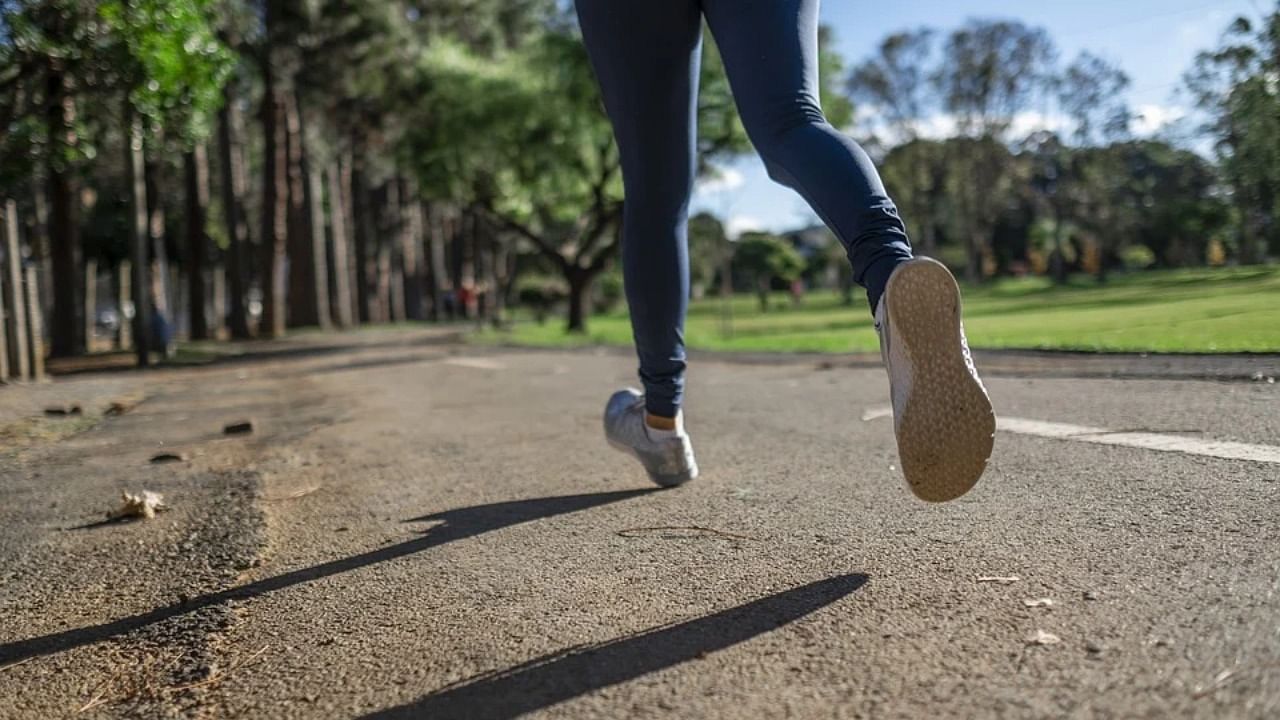
More than half of the urban Indians undertake insufficient physical activities, making them vulnerable to diabetes, hypertension and other non-communicable diseases, according to one of India's largest studies on people’s physical activity.
While 41 per cent Indians are not engaged in sufficient physical activities at the national level, the number shoots up to more than 52 per cent when it comes to urban adults, who are just not doing enough physical activities while at work or home; or during travel or in their leisure times by engaging themselves in sports, fitness and other recreational activities.
ICMR’s National Centre for Disease Informatics and Research has generated the data by interviewing 12,000 Indians aged 18-69 years from 300 municipal wards and an equal number of villages in 2017-18.
"A worrying trend is much lower level of physical activity among women when compared to men, even though the women have higher BMI,” Prashant Mathur, director, NCDIR and corresponding author of the study told DH.
Every day, men spend nearly two hours in various forms of physical activities whereas women spend only 55 minutes. “Women neither have time nor opportunities as they are traditionally mostly at home,” he said.
The baseline data would be used to determine India’s progress in improving its burden of non-communicable diseases for which the government had set up ten targets. One such target is to reduce physical inactivity by 10 per cent from the baseline by 2025.
In a major study published in The Lancet last year, an international team of researchers has shown that the worldwide progress to improve physical activity has stalled and overall deaths associated with inactivity remain at more than 5 million people per year.
Physical inactivity is linked to an increased risk of non-communicable diseases such as heart disease, diabetes, and some cancers and costs at least $54 billion per year globally in direct health care costs of which $31 billion is paid by the public sector.
The slow progress to improve physical activity worldwide has been exacerbated by the Covid-19 pandemic, with lockdowns associated with overall less physical activity.
The ICMR study found that insufficient physical activity was significantly higher among urban respondents (51.7 per cent) than rural respondents (36.1 per cent). Economic growth, rapid urbanization, and improper planning in the urban areas has led to environmental problems, a disturbed lifestyle, and reduced physical activity.
Inadequate physical activities are also significantly linked to unemployment, wealth, central obesity and high blood pressure.
Watch the latest DH Videos here:
